Ultimate Guide: Ways to Group Wines Based on Characteristics
Being a wine connoisseur comes with many tasks aside from enjoying an alcoholic drink. Wine cellar management is one of the most important skills someone building a wine collection should learn as it will make arranging wine easier and faster. But if you’re someone new to wines and wine cellar management, how do you group wines based on their characteristics? Here are some ideas.
1. Colour
Colour is an excellent characteristic to group wines according to their colours. You can group bottles of wine as red, white, blush and rose wines. You can further divide them into qualitative classes, like fine, standard or table wine. In this case, you just pick the wines you like based on colours and the wine cellar’s capacity.
a. Red
Red is one of the most common types of wine. It comes from the skin of grapes, primarily from its seeds. Red grapes are usually tinted in violet, blue, purple, red and even orange. It is the reason why red wines are the most popular ones.
Red wine is often rich in tannin, sugar, and alcohol content. The aroma and flavour of red wine are usually rich and spicy. The tannin content allows the wine to age longer than other types of wine.
b. White
White wine production is the next step of a red wine production process. White wine has a lighter colour and a clean, characteristic taste, so it is easy to drink. The sugar content is also lower in white wine. To have good wine cellar management, you should store it in a perfect space.
White wine is made from the skin of grapes as well. However, the skin isn’t coloured, and the seeds are left behind. It is the reason why white wines are precise in colour. The aroma and flavour of white wine are usually fresh and fruity. It is because the skin of white grapes is easier to remove than red grapes.
c. Pink/Rose
Pink wine is made from red grape skins but with well-fermented seeds. As a result, pink wine is both red and white. It is also a mixture of red and white wine. The aroma and flavour of pink and rose wines are usually fruity and sweet. Due to the fermentation of grape seeds, these wines are high in alcohol content.
2. Sugar Content
The sugar content of a wine is one of the most exciting parameters in wine. Measured in grams per litre, more sugar means sweeter wine. Wines with higher sugar content, between 14 to 30 grams per litre, are dessert wines. Meanwhile, those with 31 and 36 grams per litre are semi-sweet wines. Lastly, wines with more than 36 grams per litre of sugar are sweet wines.
a. Dry
Dry wine is the healthiest, most acidic, and lightest type of wine. It only contains a sugar content between 0 and 5 grams per litre. Dry wines are also the most mature, which means they taste better as they age. Dry wines are also easy to drink with food, as they accentuate the taste of food instead of overpowering it.
b. Semi-Dry
Semi-dry wine is the next step of dry wine’s production process. The sugar content is between 5 and 14 grams per litre, making it sweeter than dry wines. Its acidity and alcohol content are still higher than the sugar content. Semi-dry is the most acidic wine with a fruity aroma, usually good for desserts.
c. Semi-Sweet
Semi-sweet wine contains between 14 and 30 grams per litre of sugar content. The sugar content is higher than semi-dry wines. It is the type of wine with a sweeter taste and a faint aroma. However, it is still considered light, making it easy to drink with or without food.
d. Sweet
Sweet wine contains between 30 and 36 grams per litre of sugar content, usually precious with a smooth and full-bodied taste. The aroma is lovely, and the flavour is typically fruity. The alcohol content is generally lower than other wine types. Sweet wines are usually high in sugar content, which make them hard to drink if you don’t like sweet wine.
Conclusion
You can create your wine cellar management based on your preferences using colour, sugar content and other characteristics. Compiling a good wine collection doesn’t mean that you need to buy expensive wines. You can get a nice wine bottle even for an affordable price. It is what you do after you buy the wine.
Following wine cellar management tips should allow wine connoisseurs to store their wines properly to preserve their taste, quality, and freshness. In general, the best way to store wine is in a cool and dry place. The temperature should range from 18 to 20 degrees Celsius. People should also consider humidity; high humidity may ruin your wine.
Cru Wine aims to teach readers essential wine cellar management to help them improve the way they arrange wines at home. Our wine investment guide teaches the best practices in maintaining a cellar while letting the readers know its benefits to the drinking experience. But if you want to buy fine wine, order on our website today and we’ll have it delivered to your doorstep right away





